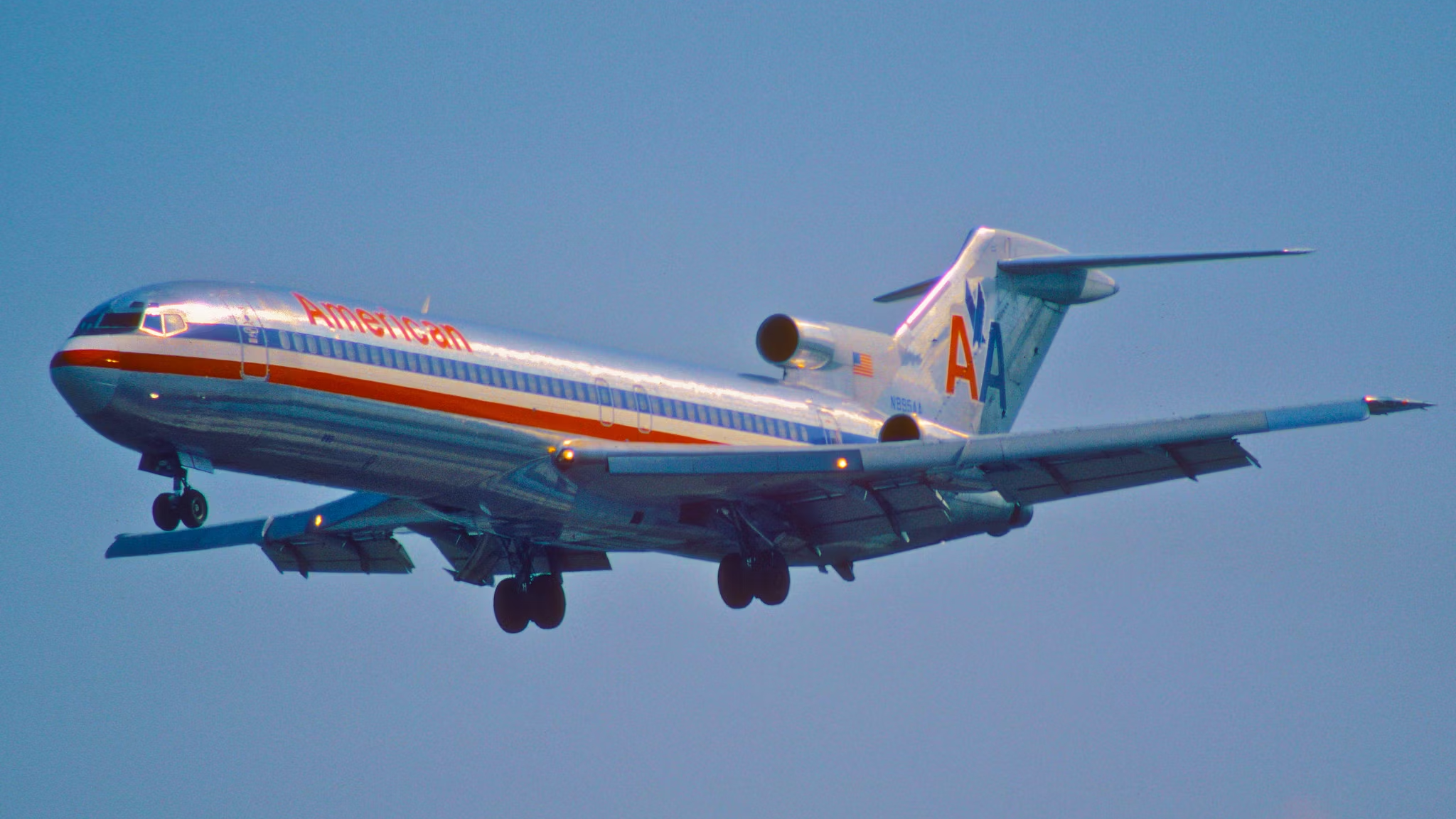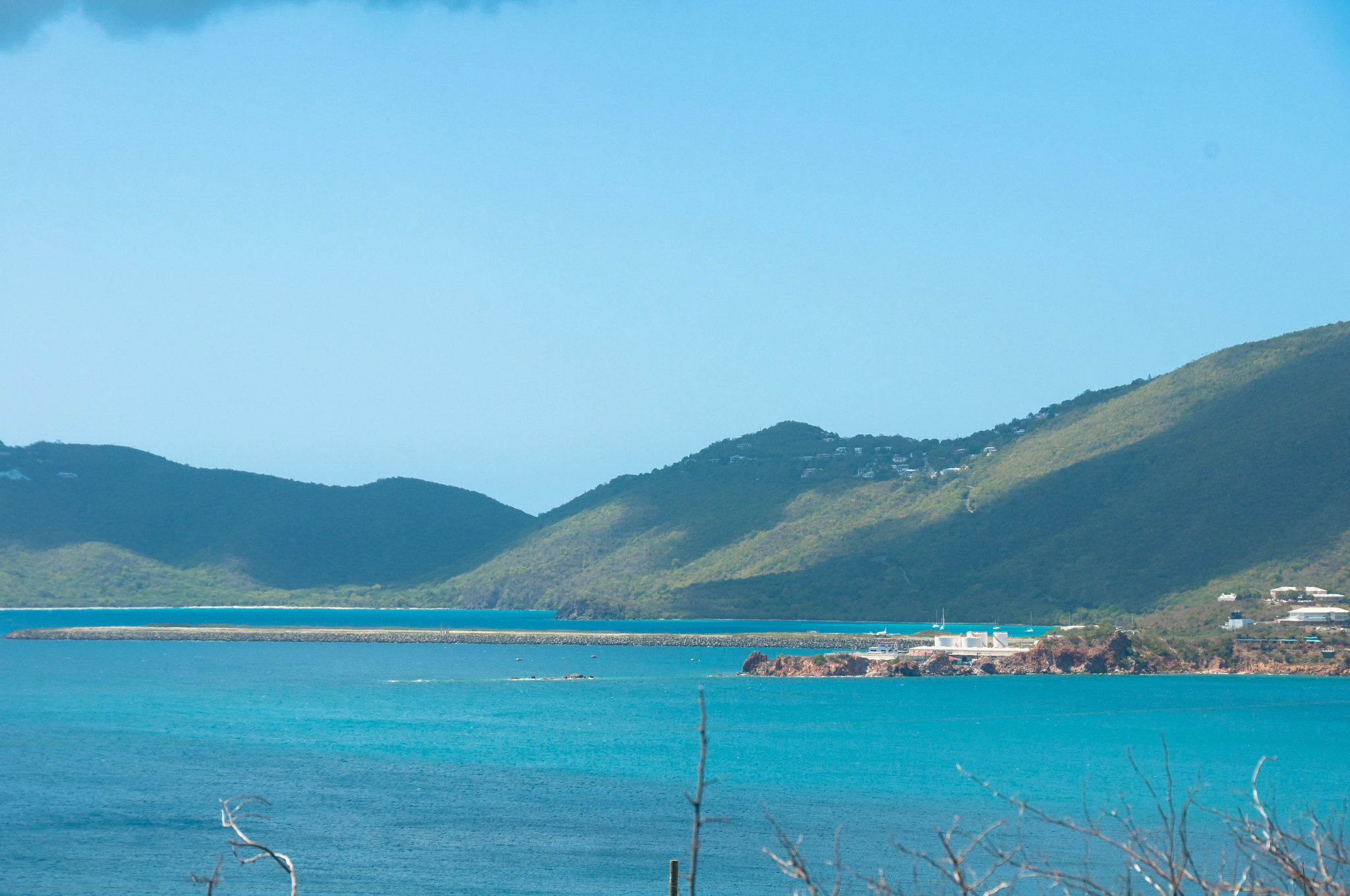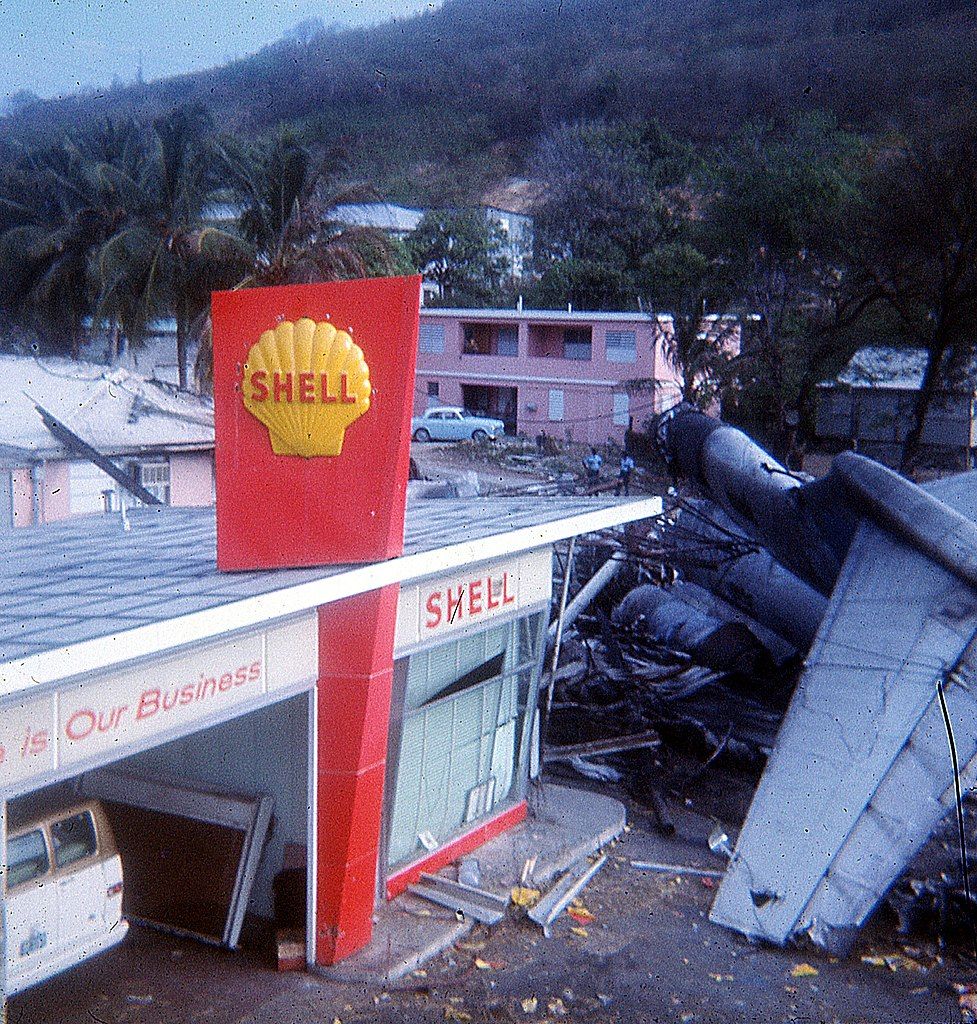Summary
- American Airlines Flight 625 crashed on April 27, 1976, killing 37 out of 88 occupants.
- The runway overrun was caused by pilot error, with the crew misjudging speed and altitude.
- The accident led to operational changes, including rerouting flights to a longer runway and using turboprops for the final leg.
This year marks 48 years since a major air crash involving an American Airlines Boeing 727-100. On April 27, 1976, American Airlines Flight 625 operated a scheduled rotation from Providence to Saint Thomas via New York JFK. The aircraft suffered a fatal runway overrun while landing at its final destination in the US Virgin Islands, killing 37 out of the 88 occupants onboard. Let’s look back in time to see how the disaster unfolded.
The flight and aircraft in question
|
Date |
April 27, 1976 |
|---|---|
|
Summary |
Runway overrun caused by pilot error |
|
Aircraft type |
Boeing 727-23 |
|
Operator |
American Airlines |
|
Registration |
N1963 |
|
Flight origin |
T. F. Green Airport, Providence, Rhode Island |
|
Stopover |
John F. Kennedy International Airport, New York, New York |
|
Destination |
Harry S. Truman Airport, Saint Thomas, U.S. Virgin Islands |
American Airlines Flight 625 was a multi-leg service that originated at T. F. Green Airport (PVD) in Providence, Rhode Island. It had one intermediate stop, namely American’s New York JFK hub. After this, it traveled southbound on the longer of its two legs, whereby its final destination was Harry S Truman Airport (STT).
This facility is now known as Cyril E King Airport, and it serves the island of Saint Thomas in the US Virgin Islands. American still serves it today, flying there from Charlotte, Dallas/Fort Worth, Miami, and Philadelphia all year round, and Chicago O’Hare and New York JFK on a seasonal basis. Its runway is now 2,100 meters long, but 48 years ago, it was much shorter, at just 1,420 meters.
On April 27th, 1976, the aircraft operating the flight was a Boeing 727 registered as N1963. Data from ATDB.aero shows that it was just over eight years old at the time, with American Airlines having received it brand-new in December 1967. According to the Aviation Safety Network, 81 passengers and seven crew were onboard.
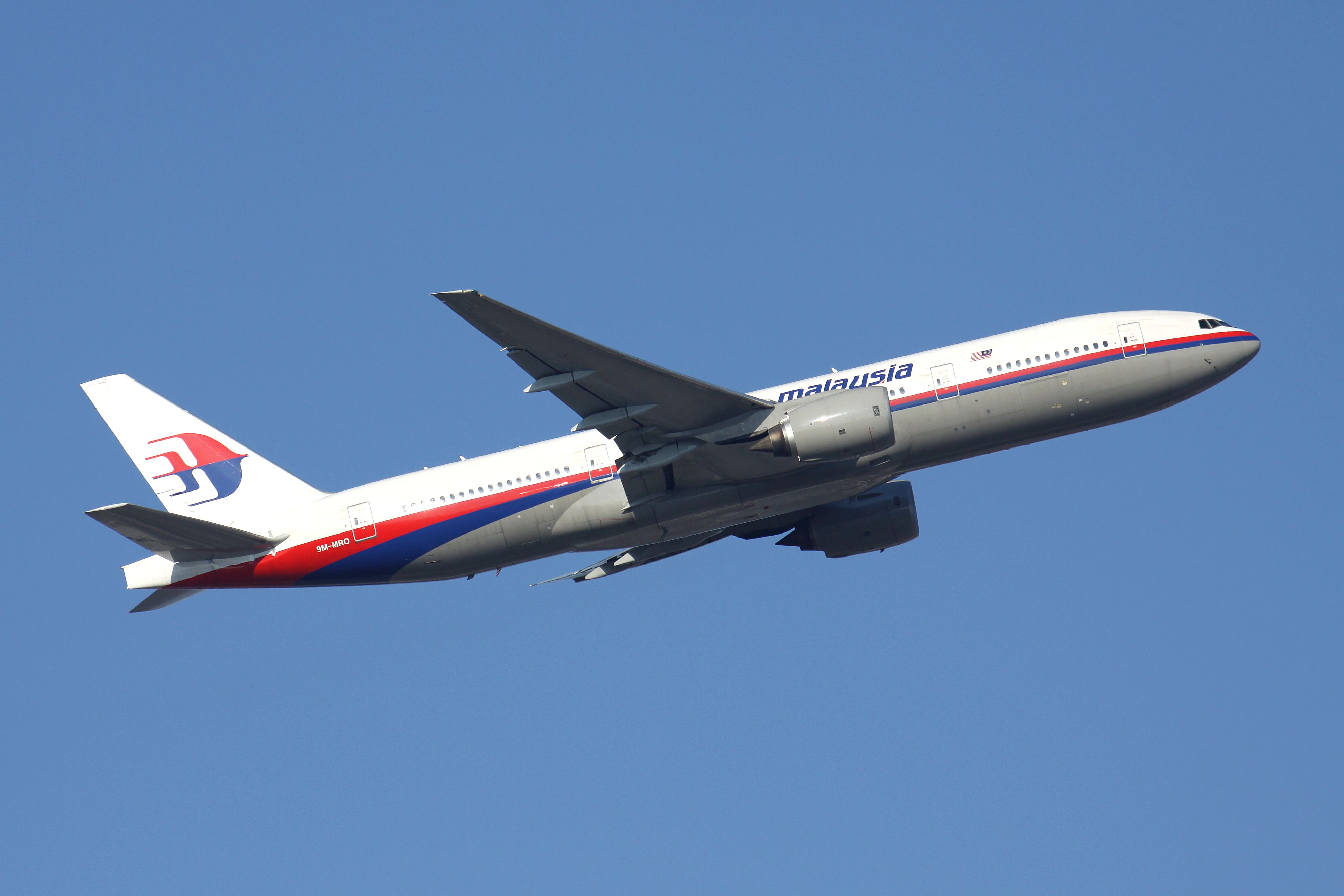
Related
5 Crucial Parts Of Any Air Crash Investigation
Such investigations are meant to help prevent future accidents.
Disaster in Saint Thomas
|
Occupants |
88 |
|
Passengers |
81 |
|
Crew |
7 |
|
Fatalities |
37 |
|
Injuries |
38 |
|
Survivors |
51 |
The first leg of the flight went without a hitch, and it departed New York for its onward journey at around 11:00 local time. Just over three hours later, at 15:04 local time, the 727 was approaching Saint Thomas when the crew opted to switch from an IFR flight plan, instead choosing to fly towards runway 09 visually.
However, when the aircraft reached the (infamously short) runway’s threshold, it traveled around 10 knots faster than should have been the case. This may have been a factor in that the crew only lowered the aircraft’s flaps to 30 degrees. This contradicted the 40 degrees prescribed by American Airlines.
Due to the speed and turbulence during the flare, the aircraft floated beyond the planned touchdown point. After touching down much later than planned, the crew attempted to make a go-around. However, with the throttles slow to respond, they instead tried to apply the brakes. Without reverse thrust, the plane couldn’t stop in time and crashed beyond the end of the runway.
The National Transportation Safety Board (NTSB) report highlights some causes and contributing factors of the crash:
Conditions:
- Type of accident: Collision with ground/water controlled
- Weather briefing: No record of weather briefing received
- Weather forecast: Unknown/not reported
- Sky condition: Clear
- Visibility at the accident site: 5 miles or over (unlimited)
- Obstruction to vision at the accident site: None
Probable Causes:
- Pilot in command: Improper in-flight decisions or planning
- Pilot in command: Misjudged speed and altitude
Factors:
- Weather: High-density altitude
Irrespective of the weather and environmental conditions, the cause of the crash remained with the pilots’ decision. Misjudging speed and altitude at such a crucial flight time worsened things and resulted in a crash. Poor decision-making after landing prevented the aircraft from stopping on the ground.
Impact and aftermath
Sadly, the crash killed 35 passengers and two crew members onboard the flight. Of the 51 survivors, 38 (plus one on the ground) were injured as a result. American Airlines still uses flight number AA625 today but on an unrelated domestic route from San Diego to Phoenix. In the film, the movie Rain Man refers to the crash.
The accident also prompted operational changes at the carrier. Specifically, it diverted its jet-operated Saint Thomas-bound flights to La Croix, another US Virgin Islands airport with a longer runway. From there, passengers continued their journey on Convair 440 turboprops operated by American Inter-Island Airlines. The carrier returned to Saint Thomas after its runway was extended.
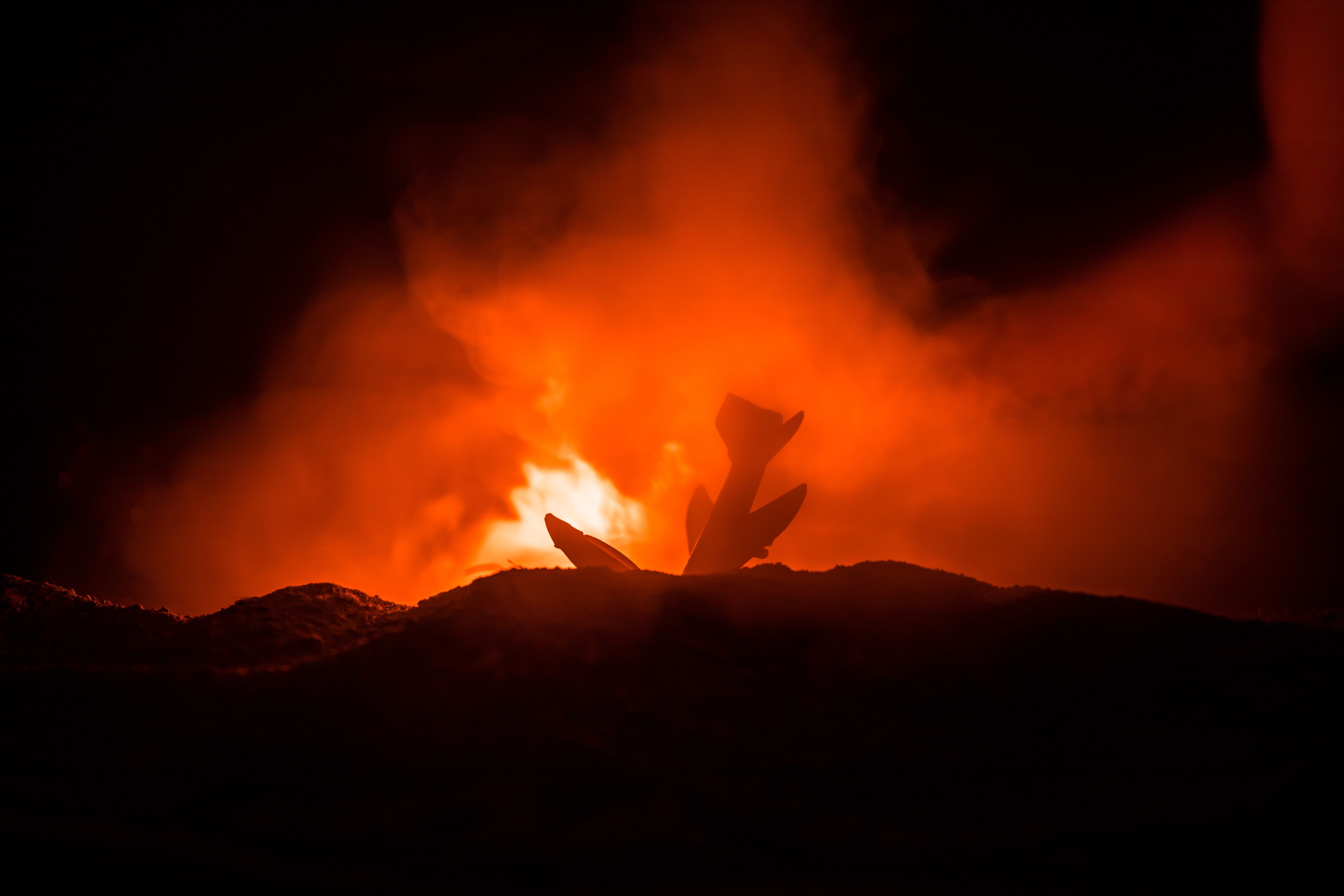
Related
Why Do Air Crash Investigations Take So Long?
Air crash investigators can take years to conclude their findings.
What do you make of this accident? Have you ever flown with American Airlines to Saint Thomas? Let us know your thoughts and experiences in the comments.

